Roxana honeysuckle variety
Not every berry will successfully grow and bear fruit in the conditions of the northern regions, which occupy vast areas of countries such as, for example, Russia or Canada. Honeysuckle is one such persistent crop. It is tasty, unpretentious, and its berries are a real storehouse of nutrients and vitamins. Let's talk now about the Roxana variety - one of the many developed in recent decades.
History of creation
This variety was born in the nursery of the village of Bakchar in the Tomsk region. The Bakchar North Gardening Nursery is a unique research center established back in 1934. Its specialists are working on crops that would be adapted to the conditions of the northern climate. Among other things, it houses a huge, 50 hectare, experimental honeysuckle plantation - the largest in Russia.
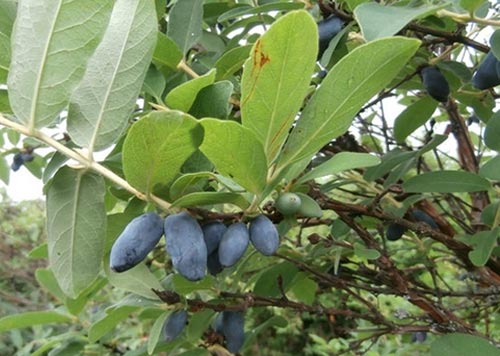
Roxana was declared for registration at the very end of 1987, and was included in the State Register of Approved Crops in 2002.
Description of the plant
The bush is relatively small, the largest specimens reach 1.5 meters in height and about a meter in width, but the average size is noticeably smaller. The shape of the crown is broadly round, medium thickened, new shoots are straight and thickened, slightly pinkish at the tips. The leaves are slightly pubescent, rather large, and have a juicy dark green color.
The weight of an individual berry is about 1.3 grams, which allows Roxana to be considered large-fruited honeysuckle. The shape of the berry is elongated, irregular, like all of its "Kamchatka" relatives. The fruit can be up to 3 cm long and about 1 cm in diameter.
The color of the berries is dark purple, almost black at the stage of full maturity, with an abundant waxy coating. Other characteristics of the fruit:
- The skin is thin.
- The taste of the pulp is sour-sweet, with a light strawberry aftertaste. Experts say that this is one of the most delicious honeysuckles.
- The consistency of the pulp is slightly fibrous - a rarity for this crop!
- Ripens later, usually by the middle or even by the end of July. But in the conditions of more southern regions, these dates can significantly shift towards June.
- Sprinkling rate of ripe berries is average.
Roxana's typical yield is about 3.5 kg per bush. It is self-pollinated, but the number of berries increases if there are other varieties nearby, especially such as Kamchadalka, Tomichka, Parabelskaya.
Features of agricultural technology and use
Differs in unpretentiousness, disease resistance and increased winter hardiness. Even if it freezes in winter, the bush quickly recovers in spring.
It is highly desirable that the soil under the plant is breathable, light, and at the same time quite nutritious. Strong compaction of the soil, stagnation of water in the root zone is not allowed. Regarding illumination - it can grow in a shaded place, but it is preferable to areas that are illuminated by direct sunlight for at least several hours a day.
Like all honeysuckle, it is poorly transported and stored, so most of the harvest is used fresh. Jams are made from berries, juices and preserves are made. Excellent raw material for homemade wine! Also, the fruits of honeysuckle have medicinal properties, are widely known in folk medicine.
Do not forget that the bushes of this plant are decorative in themselves and can be used in landscape design.
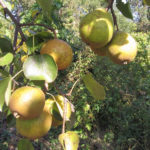
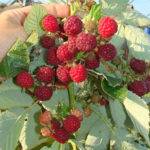
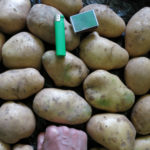
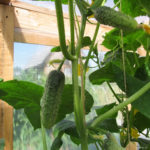
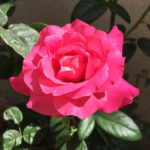
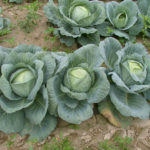



An amazing variety, my favorite of all my other honeysuckles.It is a pity, it does not lend itself to reproduction. I am afraid to lose.